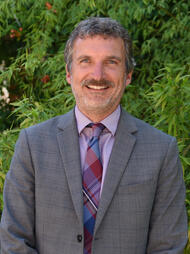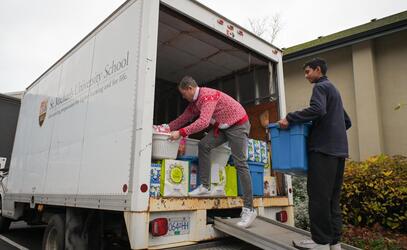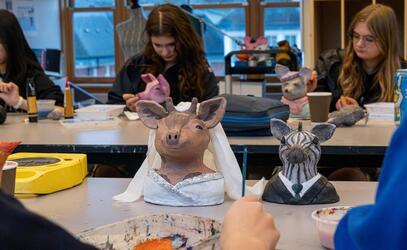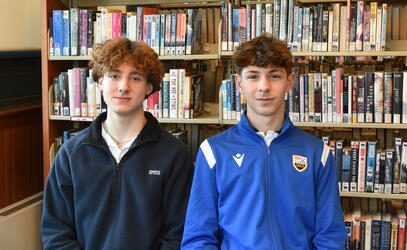Disruption is a popular term these days. Technology startups are eagerly trying to find new areas to disrupt, and business leaders are eagerly trying to predict where those disruptions will grab hold. Even the concept of a successful enterprise itself has been turned inside out where some of our most valued companies have never once turned a profit, and where failure is now celebrated as much as success.
The catalyst that is driving this disruption is a blend of emerging technologies that together promise to reshape employment and the economy. Overlapping advances in big data, machine learning / artificial intelligence (AI), automation and custom manufacturing have already put self-driving cars on the roads and given us smart speakers that can book our appointments for us. Several of the biggest companies in the world today are technology companies that primarily deal in data, a resource that has arguably supplanted oil as the world’s most valuable commodity. And while still in its infancy, AI is regularly in the news with demonstrations where it outpaces its human competition.
And these are still early days.
We are told that any routine, predictable human tasks (however complex and nuanced) are ripe for being supplanted or at least significantly complemented by automated technology in the next 10 years. This will have an impact across every industry, even ones that have defiantly withstood changes so far in the digital age. When our youngest students graduate into the workforce, 65% of the jobs they will take on are going to be completely new job types that don’t yet exist.
It is with that complex backdrop that we must regularly ask ourselves as educators and parents: how do we prepare our students for higher learning and for life?
At SMUS, we are taking a hard look at this and have been making changes in our curriculum from Kindergarten to Grade 12. The overlap of BC’s innovative new Applied Design, Skills and Technology curriculum (ADST) and our own Digital Learning Plan offers an exciting platform and a road map for us to implement these changes.
Our shifting approach to learning needs to mirror the shifts taking place in the workplace. The ADST curriculum encourages us into areas of “Hard Fun” where students are performing less routine and predictable tasks and are instead being challenged with meaningful problems that have no correct solutions. Instead of answers, students create prototypes and iterate through several designs. Designs are never right or wrong, they can only ever hope to be better at solving the problem at hand. Science labs become more about designing the experiments rather than the experiments themselves. Film projects become more about designing the audience’s experience rather than simply covering content.
Core to both ADST and the Digital Learning Plan are the skills that students will need to underpin this challenging, creative design work. While we can’t predict exactly what skills will be required in the workplace in 10 years, we can assume that technology will be there at the front edge of every field. And just like the mid-century farmers who needed to be confident mechanics in order to find success in their crops, our students will need to become confident masters of the technology they will encounter in their work.
Students at SMUS will graduate with a strong suite of digital skills and an understanding of how to create and be productive with the technology they use daily. We are presently focusing on building skills across Kindergarten to Grade 12 in four main areas: visual communication, computational thinking, data science and 3D design. More important than any particular skill or software, however, it is that confidence to engage with and understand sophisticated emerging technology that will set them apart from their peers. We expect that by regularly working with our students and building skills in these areas over time, they will gain the confidence and curiosity to be technology learners for life.
How do we prepare our students for higher learning and for life? With intention, design and hard work.



